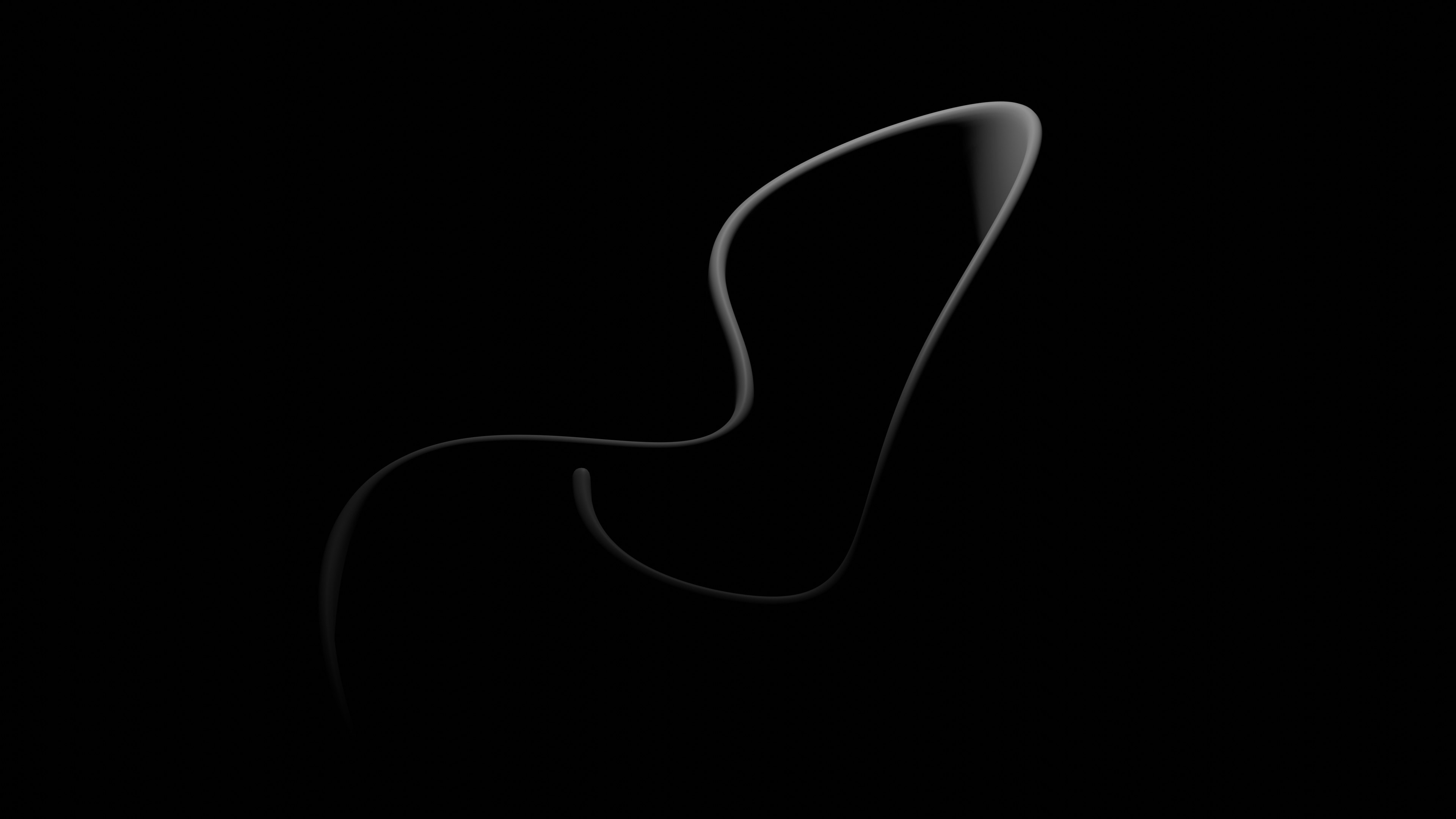Choosing the right 3D software
Dec 9, 2024
With so many 3D software options out there, picking the right one for your project can feel overwhelming. Should you go for Blender’s flexibility, Maya’s animation capabilities, or ZBrush’s sculpting tools? In this article, we’ll break down the strengths of each popular 3D software to help you choose the best fit for your next creative project.
Blender: The all in one power house
Blender is the go-to software for many 3D artists, and for good reason—it’s free, open-source, and packed with features. Whether you’re modeling, animating, or doing post-production work, Blender has the tools to handle it all.
Strengths: Blender’s versatility is its biggest strength. It’s great for modeling, animation, rendering, and even 2D animations through Grease Pencil. The software is regularly updated by its active community, meaning you get access to new tools and improvements at no cost.
Best for: Freelancers and hobbyists looking for an all-rounder tool. It’s also fantastic for artists on a budget who don’t want to compromise on functionality.
Challenges: The learning curve can be steep for beginners due to Blender’s broad feature set, but once you’re comfortable, the possibilities are endless.
Maya: The industry standard for animation
If you’re focused on high-end animation, Maya is often the tool of choice. Widely used in the film, television, and video game industries, Maya shines when it comes to character rigging, complex simulations, and fluid animations.
Strengths: Maya’s animation tools are second to none, allowing for detailed control over character movement and expressions. Its robust rigging system makes it the top choice for animators in big studios. Additionally, Maya integrates well with other industry software like ZBrush and Substance Painter.
Best for: Professional animators, studios, or those who want to specialize in animation for film or games.
Challenges: Maya’s complexity comes with a high price tag, both in terms of cost and learning curve. It may not be necessary if you’re solely focused on static models or simpler animations.
Z-Brush: The sculptors dream
When it comes to detailed, organic modeling, ZBrush is the sculptor’s dream tool. Whether you’re crafting lifelike creatures or stylized characters, ZBrush excels in high-resolution sculpting and detailing.
Strengths: ZBrush is known for its powerful sculpting tools, which allow for extreme detail. You can work with millions of polygons without slowing down, making it perfect for creating detailed characters, intricate props, and realistic textures.
Best for: Artists focused on character design, especially for games, film, or 3D printing. If you love intricate detailing and organic forms, ZBrush is a must-have.
Challenges: While ZBrush excels at sculpting, it’s not the best for hard-surface modeling or animation. It’s also highly specialized, so you may need to use it alongside other software like Blender or Maya.
Conclusion
Choosing the right 3D software depends largely on the type of work you do. Blender offers an all-in-one solution, Maya excels in animation, and ZBrush is unbeatable for detailed sculpting. Consider your project’s specific needs, budget, and goals before diving in. No matter which you choose, each tool offers unique strengths that can help bring your creative vision to life.


